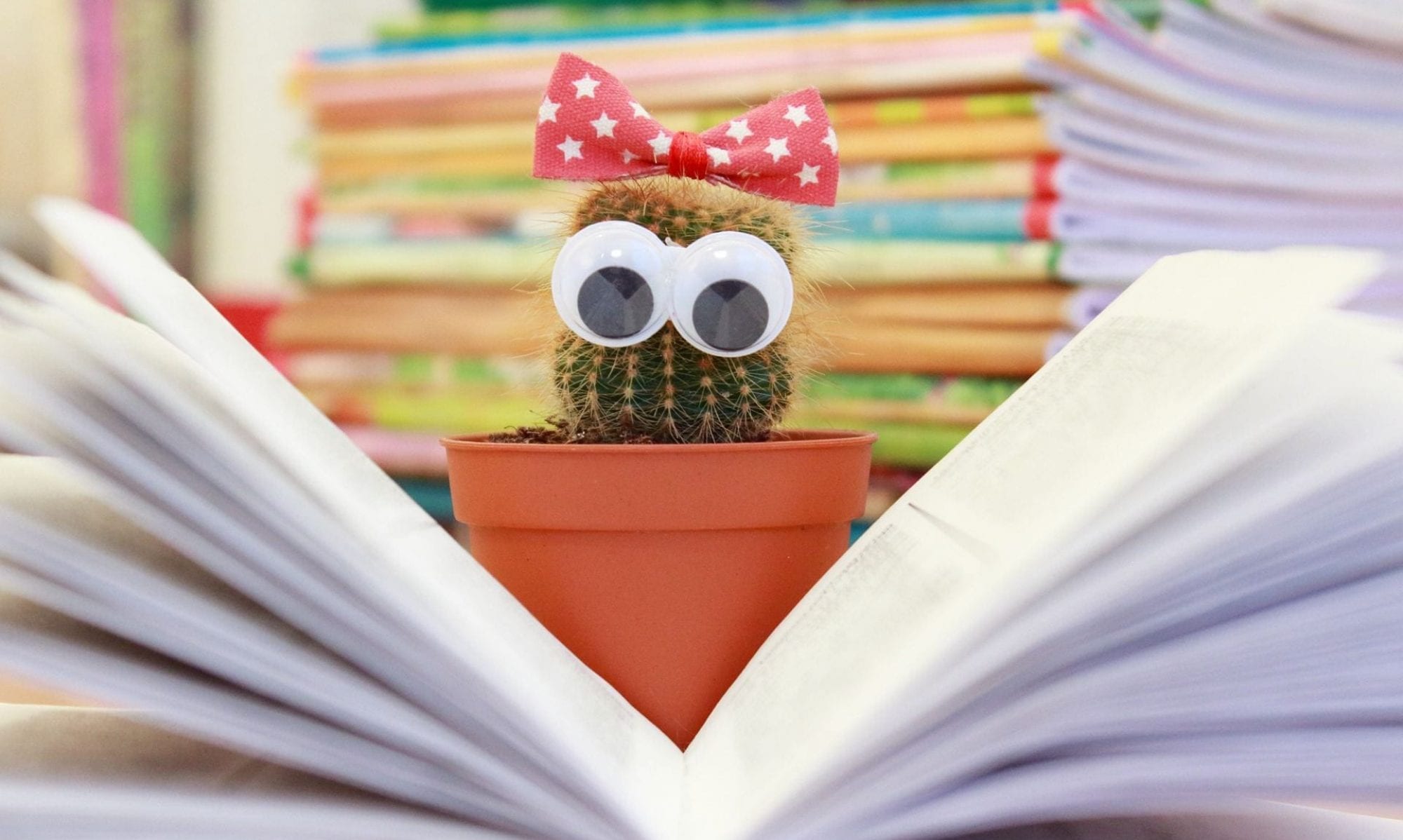When I started this topic, I was aiming to expand my understanding of Information Literacy, and explore the role the Teacher-Librarian (TL) further. This has occurred, specifically in the area of advocacy. I have reflected on my past practice and how I could improve now with this extra growth in knowledge, application and understanding.
Information Literacy
Prior to undertaking this topic (ETL401) I understood the basics of Information Literacy (IL) to be research skills, referencing, and ethical use of digital information. I have come to understand that there are more than 3 types of literacy (Re-Defining Literacy), and the aim of IL skill development is to help students to develop skills for success in the 21st Century information environments.
One of my biggest take-aways from the readings and Module 5 discussions was the importance of context and purpose when defining IL and implementing it in the classroom. I have also been introduced to the concept of Information Fluency (IF). I have come to understand this as being associated with IL, but with a focus on fluency of application instead of just understanding and literacy. I am curious about this terminology and the implications of using different terminology within the field of IL. I lean towards seeing IF as an overarching term which encompasses IL and Digital Literacy (DL).
Within my practice I would like to explore IF further and compare it against IL and DL. I would do this to become more knowledgeable about different 21st Century learning processes, and to build my capacity to implement and advocate for a particular IL method. I think IF should be the aim of information skill develop in 21st Century teaching and learning.
Information Literacy Models
I was aware of some IL models prior to this topic, but have not had the opportunity to explore them thoroughly. Through readings and Module 5 discussions, I have come to understand some differentiating details between IL models. I have also found that there many similarities, and trying to identify in-depth reasoning behind not using a particular model can be challenging.
I found this area of learning relevant to my previous context where I was endeavouring to integrate inquiry units into HASS. For that task I chose the 5As as my IL model because another school in the region also used it and shared their resources. I now understand that the 5As are linked to Information Fluency. I was pleasantly surprised when I made this connection.
This module has caused me to re-think other IL models and the process of integrating them across the curriculum. Based on Lupton’s paper and various exemplars of practice in implementing an IL model from Module 4, I would like to explore GID, and the 5As further to identify which model would be best suited to my circumstances. As I mentioned, I think IF is a good way to achieve 21st Century skill development. I might explore this model first.
TL Role in Inquiry Learning
The role the TL must play in advocating for IL within schools has become clearer to me throughout this topic. This is in addition to developing relationships and collaborative opportunities with students and staff. This topic has solidified for me the need for the TL to be involved in faculty planning and curriculum development to ensure integration of IL skills. Discussion in Module 4.3 indicates a TL’s involvement in curriculum development is necessary as they can see the big picture and know where IL skills can be best integrated.
Advocacy is an area I do not have much experience in. These discussions in Module 3 and Bonanno’s video were significant to me as I began to consider data collection and advocacy as not just for usage statistics, but as a way to get staff and the Principal on-side with developing IL across the school. Module 3 also made me reflect on the ways I could have practiced advocacy with a supportive teacher audience and converted Principal.
Reflection and assessment tools to collect data on student learning is something I would like to explore further in the future. I would do this through the use of competency-based questionnaires and reflective toolkits, as discussed in Module 4. A common theme through 4.2 discussions was making yourself available in small ways and taking baby steps to convince staff that working collaboratively with the TL is a good idea. When I start in my next TL role, I will take this approach to ‘test the waters’ on staff opinion and practice.
While I thought I knew much coming in, I have added new areas to my TL knowledge which will enable me to provide a greater impact in schools, and better advocate for the use of a TL in schools. I am still learning to apply my critical thinking skills to a range of concepts.


